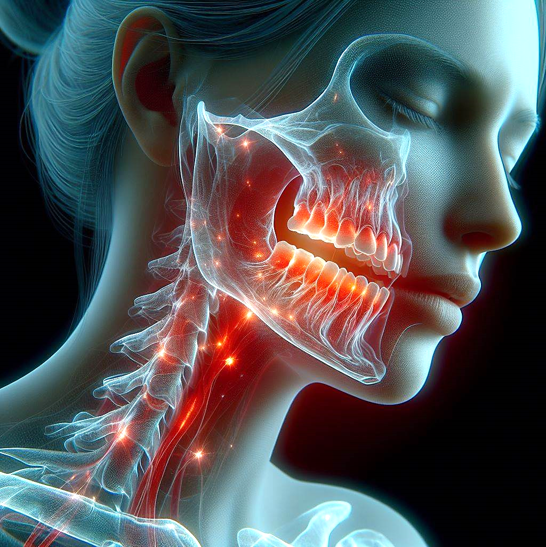Dentistry and Dental Medicine – Two Different CEU Classes
Premedicating a patient for bacterial endocarditis presents several challenges. One of the primary challenges is the identification of patients at risk. Bacterial endocarditis is more common in patients with certain heart conditions, including congenital heart disease, prosthetic heart valves, and a history of previous endocarditis. However, it can also occur in patients with no known heart disease, making risk assessment difficult. Additionally, the bacteria that cause endocarditis are often part of the normal flora of the mouth, skin, and intestines, so any invasive procedure or even minor skin trauma can potentially introduce these bacteria into the bloodstream. Combine this situation with skyrocketing IV drug use in urban and rural areas, and the inevitable increase in endocarditis becomes obvious.
The systemic effects of Periodontal Disease are manifested as slow body-wide host-mediated (inflammatory) destructive processes. The Centers for Disease Control and Prevention (CDC) has recently reported that about 70 million American adults over 30 years old suffer from either mild, moderate, or severe periodontitis. In the senior population, the CDC reports that over 70% of people over 65 suffer from periodontitis.


